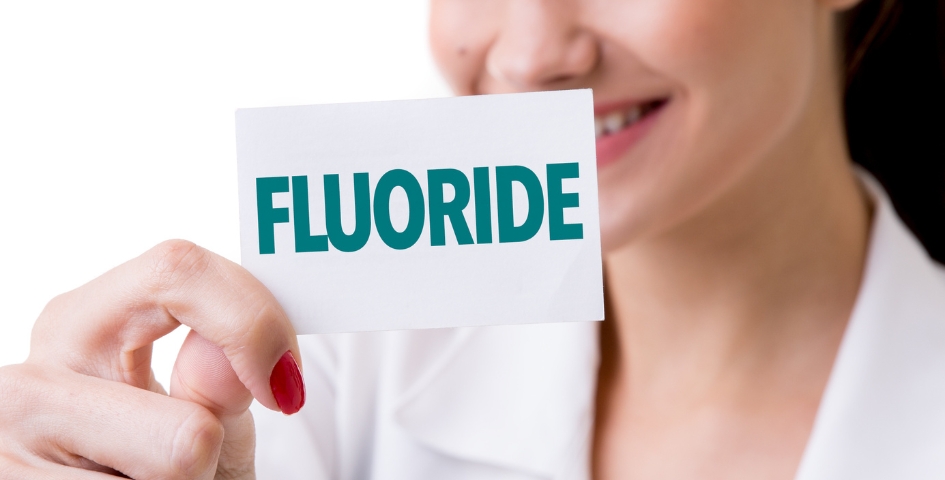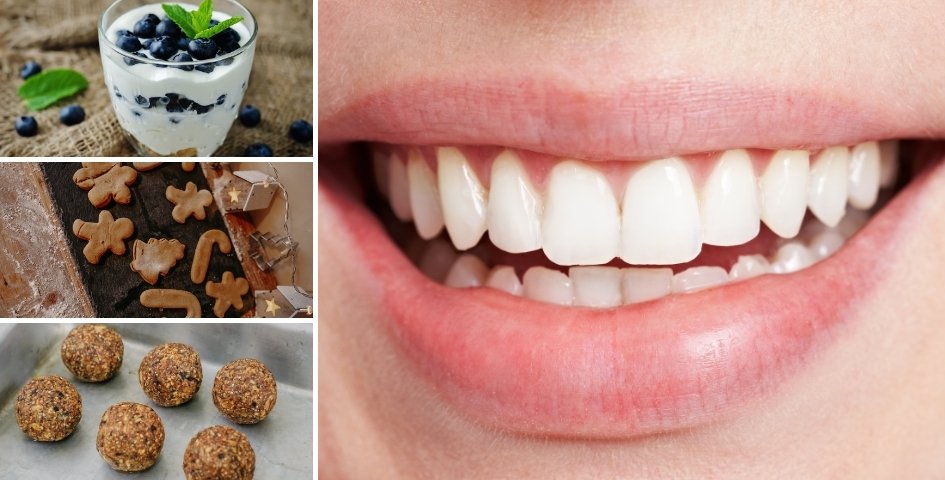
Halloween holds a special place in Boston’s heart. The city buzzes with excitement as families prepare for trick-or-treating. People fill their bags with sweet treats, indulging in candies and chocolates. However, this sugar rush comes with risks. After a night of sugary delights, your dental health might suffer. This is where flossing becomes crucial.
Flossing helps remove food particles and sugar stuck between teeth. Ignoring this step can lead to cavities and gum disease. Thus, make flossing part of your post-Halloween routine. It can help you enjoy the holiday without worrying about your smile.
The Halloween Sugar Rush
Boston celebrates Halloween with enthusiasm and tradition. Families roam the streets dressed in costumes, visiting haunted houses and pumpkin patches. The city offers many events, from spooky tours to Halloween festivals. This festive atmosphere leads to significant candy consumption.
On average, people collect around 3,000 calories worth of candy during Halloween. Adults often join in, indulging in their favorite sweets as well. In total, Americans purchase nearly 600 million pounds of candy each Halloween. With such high consumption rates, it’s no surprise that dental health can take a hit.
The Impact of Sugar on Dental Health
Sugar can wreak havoc on your oral health. Bacteria in your mouth feed on sugar, producing acid that attacks tooth enamel. This process leads to cavities and tooth decay. The sticky nature of many candies makes them especially harmful. They cling to teeth and gums, increasing the risk of dental issues.
Over time, sugar can also lead to gum disease, which can be symptomatic by swollen or bleeding gums. Neglecting oral hygiene can result in serious long-term consequences. Regular sugar consumption without proper care may lead to root canals or tooth extractions. Therefore, protecting your teeth from sugar’s effects is vital.
Why Flossing is Essential?
Flossing is a vital part of maintaining oral hygiene. While brushing your teeth removes plaque and food particles from the surfaces, it often leaves behind debris trapped between teeth. This is where flossing comes into play.
It reaches the tight spaces that a toothbrush simply cannot access, ensuring a thorough clean. By removing food particles and plaque from these areas, you significantly reduce the risk of cavities and gum disease.
Sugar is particularly harmful to oral health. When you consume sugary foods, the bacteria in your mouth feed on these sugars and produce acids that can erode tooth enamel. If sugar and food particles remain between your teeth after brushing, they can lead to tooth decay over time.
Flossing helps remove these sticky residues. Effectively flossing away the sugar prevents the bacteria from thriving. Regularly incorporating flossing into your dental routine helps create a barrier against plaque buildup and cavities.
Moreover, flossing contributes to healthier gums. Gum disease, which can start with swollen or bleeding gums, often results from bacteria lingering in the spaces between teeth.
Flossing daily helps eliminate this bacteria, promoting healthier gum tissue and reducing inflammation. This supports overall oral health and improves breath. Bacteria trapped between teeth can produce foul odors, and flossing helps mitigate this issue.
Professionals recommend flossing at least once a day for optimal dental health. The key is consistency, whether you choose traditional dental floss, floss picks, or water flossers. Making flossing a habit, especially after meals or treats, can lead to a brighter smile and better overall health. Remember, flossing is not just an option; it’s necessary for a complete oral care routine.
Flossing Techniques and Tips
To maximize the benefits of flossing, use effective techniques. Start with about 18 inches of dental floss. Wrap the ends around your fingers, leaving a few inches between them. Gently slide the floss between your teeth, curving it around each tooth.
Use a gentle sawing motion to avoid damaging your gums. Make sure to floss behind the last tooth on both sides. Consider alternatives like floss picks or water flossers if traditional floss is challenging.
Floss picks are easy to handle, making them great for everyone. Water flossers use a stream of pulsating water to clean between teeth. They can be more effective for those with braces or dental work. Regardless of the tool you choose, consistency is key. Floss daily for the best results, especially after sugary treats.
Creating a Post-Halloween Dental Care Routine
Establishing a solid dental care routine after Halloween is essential. Start with brushing your teeth twice a day using fluoride toothpaste. Make sure to spend at least two minutes brushing. Follow this up with daily flossing to remove sugar and debris. Rinsing with an antibacterial mouthwash can also help eliminate bacteria.
It is important to consider scheduling a dental check-up after Halloween. A professional cleaning can help address any concerns. Your dentist can spot issues early and provide personalized advice. Regular visits keep your teeth healthy and strong. Make dental hygiene a priority this Halloween season. Protecting your smile now can prevent more significant problems later.
After indulging in Halloween treats, remember to prioritize your dental health. Flossing away the sugar is crucial for preventing cavities and gum disease. With the excitement of the holiday, it is easy to forget about oral hygiene.
However, taking a few minutes to floss can make a significant difference. Establish a routine that includes brushing, flossing, and rinsing. By doing so, you can enjoy your Halloween sweets without worrying about your smile. Protect your teeth and maintain good oral health this Halloween and beyond.



